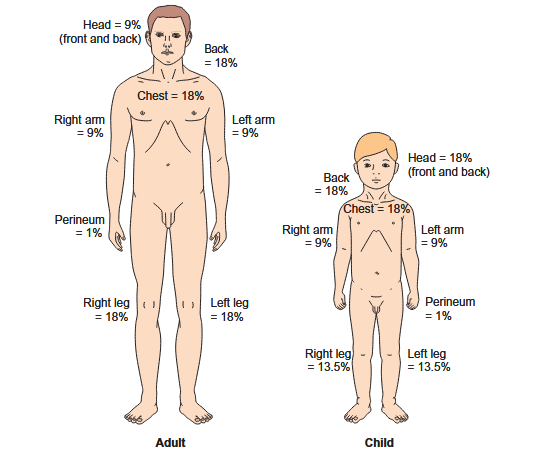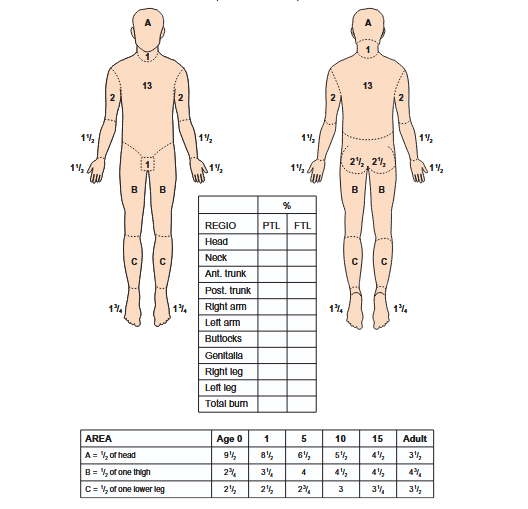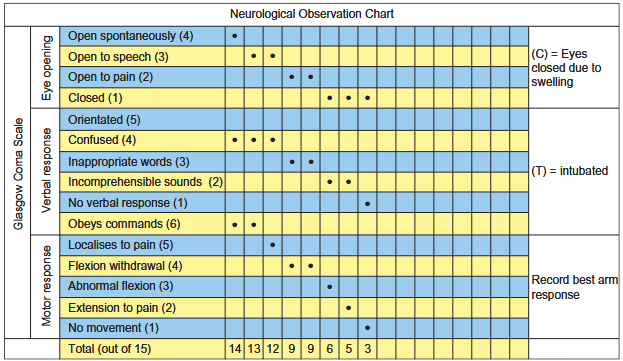Emergency Care in the Emergency Department: Key Nursing Roles and Procedures
Emergency Care in the Emergency Department: Key Nursing Roles and Procedures.
Emergency care means quickly checking, treating, and supporting patients with various injuries and urgent health problems. Nursing staff are vital in triage, stabilization, and resuscitation. They also provide ongoing support for patients and families. Below is an overview of emergency care for common injuries and critical conditions.
1. Minor Trauma
Minor injuries are non-life- or limb-threatening and typically self-limiting. Examples include sprains, abrasions, lacerations, and whiplash-associated disorders. These injuries can involve torn or stretched muscles, ligaments, tendons, blood vessels, or other tissues.
First Aid for Minor Injuries:
Apply ice for 15–20 minutes each hour during the first few hours.
Purpose: Reduce pain, prevent swelling, and limit inflammation.
2. Burns
Burn injuries are classified as minor or major based on:
Extent (percentage of body surface area affected)
Depth
Patient’s age
Type of burn (flame, scald, chemical, electrical, smoke inhalation)
Concomitant injuries and pre-existing health issues
Burn Depth Classification:
First Degree: Superficial partial thickness
Second Degree: Deep partial-thickness
Third Degree: Full thickness. Depth may be checked after 48–72 hours because of swelling and poor circulation.)
Assessing Burn Extent:
Wallace Rule of Nines
Lund and Browder Table (more accurate, especially in children)
Electrical burns are categorized based on anatomical features rather than the percentage of body surface affected.
Emergency Care Focus:
Prevent infection
Prevent hypovolemia
Maintain body temperature
Burn Assessment Includes:
Trauma Survey (ABCDEF)
Time of injury
Type of burn
Medical history
Reassure patient and family—explain what is happening and what to expect in the next 24–48 hours.
Management of Major Burns (>20% TBSA):
Insert two large-bore IV lines and a central venous catheter
Take baseline blood samples.
Insert a urinary catheter.
Calculate fluid needs: 2–4 mL × % TBSA burned × patient’s weight (kg). Start this calculation from the time of the burn, not when the patient arrives at the ED.
Warm all IV fluids before administration.
Provide pain relief (short-acting narcotics).
Use cling film dressing for transport to the burns unit. It protects the wound and stops heat and fluid loss.


Minor Burns:
Apply silver sulfadiazine cream (Flamazine).
Cover with a dry, secure dressing.
For burns on hands/fingers: apply Flamazine, and place in a clear burn bag to allow movement.
Review dressing after 24 hours
3. Head Injuries
A head injury is any trauma to the head excluding superficial facial wounds. Assessment often uses the Glasgow Coma Scale (GCS), which evaluates:
Verbal responses
Motor responses
Eye-opening
GCS Scores:
Minor: 13–15
Moderate: 9–12
Severe: 8 or less

Notes for Nursing Care:
Watch for any changes, as alcohol or drugs may be present. They can hide symptoms.
Perform systematic history and examination for all head injuries.
Order radiology as indicated.
Identify presence/absence of risk factors and need for CT imaging.
4. Care for Patients Who Are Critically Ill or Dying
A critically ill patient requires immediate organ support, such as intubation or ventilation. They may also be at risk of sudden decline that requires this support.
Nursing Role Includes:
Intensive monitoring and intervention
Maintaining physiological stability
Supporting the patient’s family
Family-Witnessed Resuscitation:
Involves family in supporting the patient during life-threatening events
Helps reduce feelings of helplessness
Improves communication between healthcare team and family
Autopsy in ED Deaths:
Important for determining the actual cause of death
Often reveals differences from presumed causes noted in records
Conclusion
During clinical placements, nursing students in the ED will:
Encounter patients with trauma, burns, head injuries, and critical illness
Learn the importance of triage, rapid assessment, and resuscitation
Gain skills in caring for the dying and supporting their families
Develop a deep understanding of the nurse’s essential role in emergency care